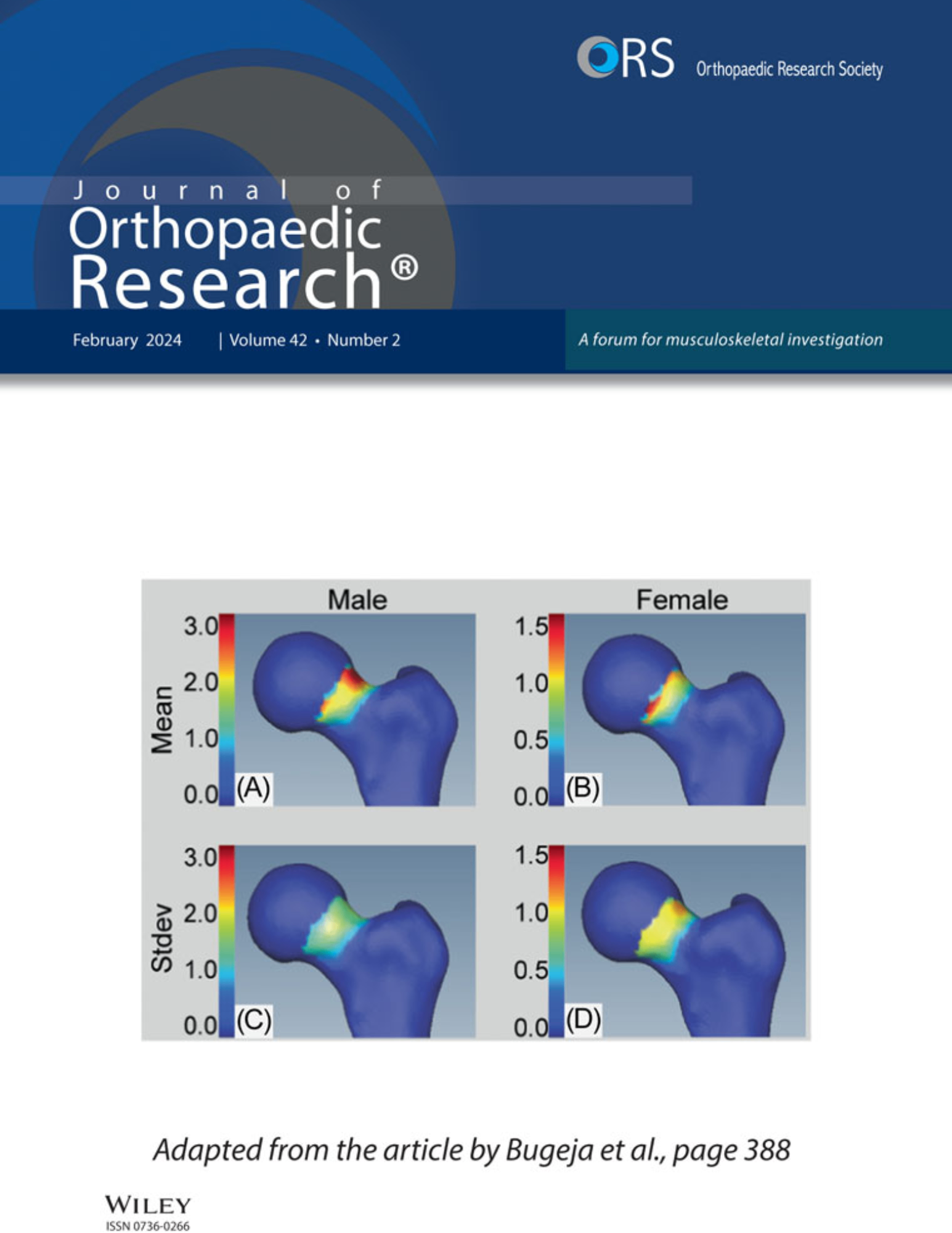
Minimally invasive direct anterior vs. direct lateral approach in total hip arthroplasty

Minimally invasive direct anterior vs. direct lateral approach in total hip arthroplasty
Comparison of markers for muscle damage, inflammation, and pain using minimally invasive direct anterior versus direct lateral approach in total hip arthroplasty: A prospective, randomized, controlled trial
J Orthop Res. 2015 Sep;33(9):1305-10Did you know you're eligible to earn 0.5 CME credits for reading this report? Click Here
Synopsis
One hundred and sixty four patients with end-stage osteoarthritis of the hip were randomized to undergo total hip arthroplasty with either a direct lateral approach or a minimally invasive direct anterior approach. The purpose of this study was to compare these two methods in terms of invasiveness, including biomarkers associated with muscle damage and inflammation, and clinical outcomes over the ...
To view the full content, login to your account,
or start your 30-day FREE Trial today.
FREE TRIAL
LOGIN
Forgot Password?
Explore some of our unlocked ACE Reports below!

Learn about our AI Driven
High Impact Search Feature
Our AI driven High Impact metric calculates the impact an article will have by considering both the publishing journal and the content of the article itself. Built using the latest advances in natural language processing, OE High Impact predicts an article’s future number of citations better than impact factor alone.
Continue



 LOGIN
LOGIN

Join the Conversation
Please Login or Join to leave comments.